Protecting the environment of Ha Long Bay - an ongoing Journey
Ha Long Bay has been recognized as a World Natural Heritage site three times. To achieve this prestigious title, Quang Ninh province has made great efforts in the conservation and sustainable development of the Heritage, especially in preserving the Bay's environment amidst numerous difficulties and challenges.
The "multidimensional" Pressure
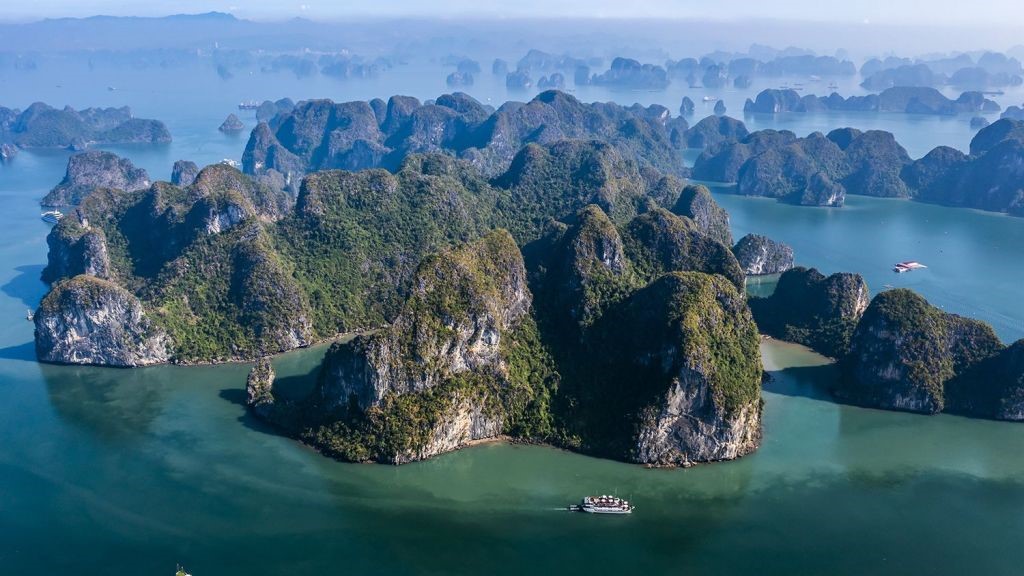
Ha Long Bay is a unique marine heritage with nearly 2,000 islands, covering a vast area of 1,553 km². The coastal area of the Bay borders many regions with rapidly developing urban areas. The Bay is also a hub for complex socio-economic activities, involving various sectors such as tourism, aquaculture, fisheries, and maritime transport. These factors have created multiple "multidimensional" pressures on environmental management, protection, and the preservation of the Heritage's values. One of the pressing issues directly affecting the Bay's environment is waste and wastewater.
Statistics show that Ha Long Bay faces the impact of more than 200 tons of waste each year. This waste primarily comes from tourism businesses, fishing boats dumping waste carelessly, and even some tourists lacking awareness, as well as debris washed into the sea from coastal communities. Many visitors, especially international tourists, have also complained about the sight of floating waste on the Bay's surface.
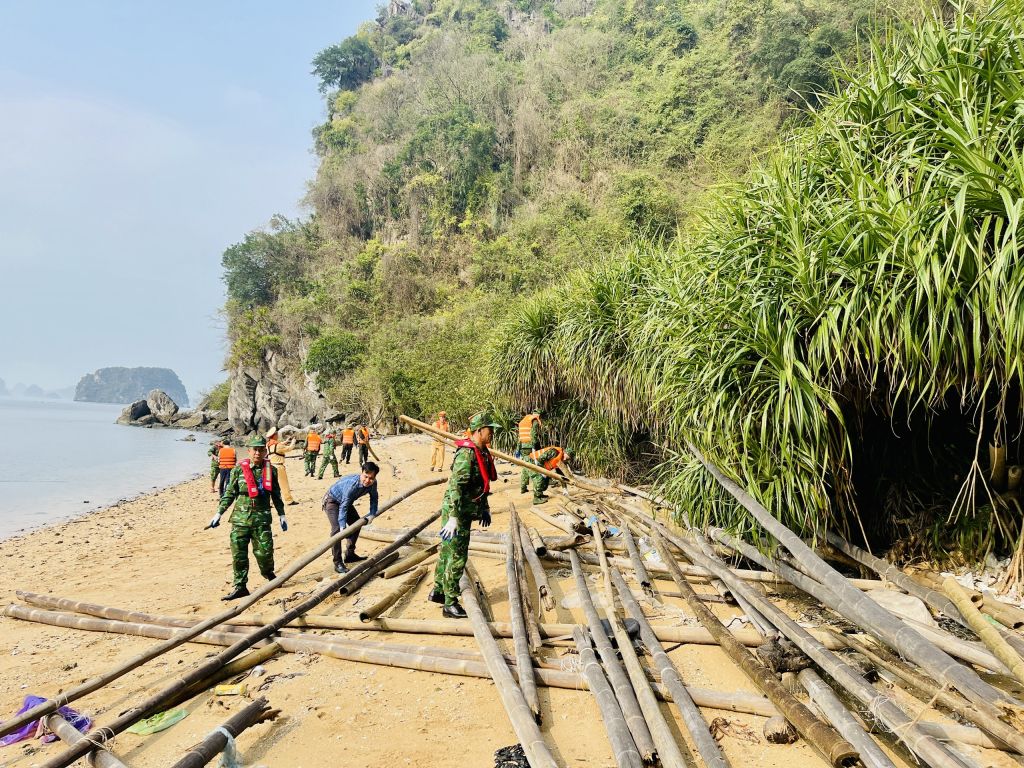
On the other hand, while being located in the provincial capital offers advantages, the rapid pace of urbanization and land reclamation projects to build new urban developments in Ha Long City have also had a significant impact on Ha Long Bay's environment. Furthermore, the coastal area of Ha Long Bay (including both Ha Long Bay and Bai Tu Long Bay) is a densely populated region, consisting of major urban areas such as Ha Long City, Cam Pha City, Van Don District, and Quang Yen Town. However, the wastewater treatment systems in these areas are insufficient, and most of the wastewater from the aforementioned residential areas is being directly discharged into Ha Long Bay without treatment.
In 2016, Ha Long Bay was even "warned" by UNESCO when the province built several industrial zones, including a cement plant. Mr. Nguyen Cong Thai, former Deputy Director of the Ha Long Bay Management Department, stated that they had to report and clarify that the cement plant was located deep inland, far from the Heritage’s buffer zone, and did not have a significant impact on the Heritage. However, UNESCO experts at the time also cautioned about the construction of infrastructure along the Bay's coastline and the long-term operations of cement plants.
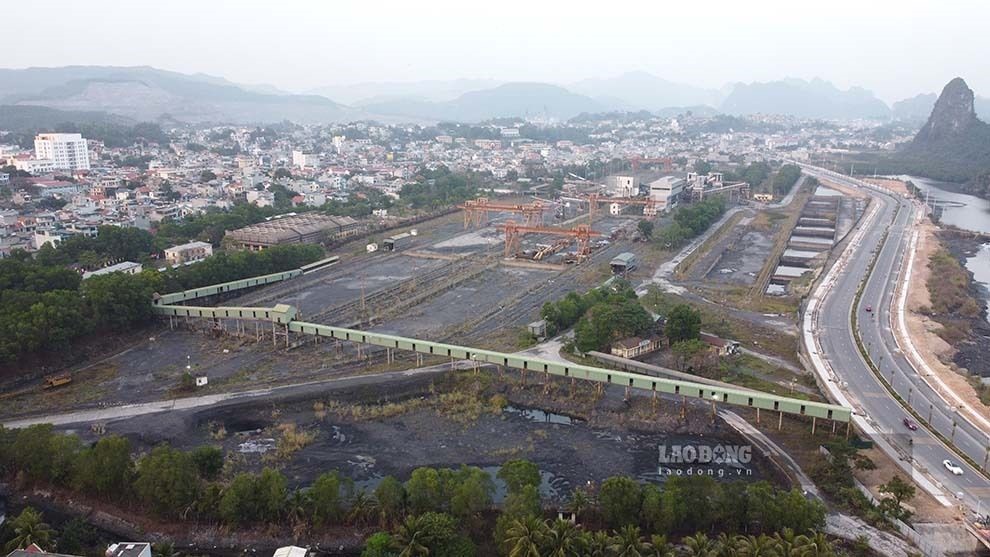
It is noteworthy that within Ha Long Bay and its surrounding area, there are many industrial activities across various sectors, such as coal mining, petroleum business, seaport operations, mechanical engineering, shipbuilding, construction materials, food processing, industrial zones and services, cement plants, and thermal power plants. These industrial activities, especially the discharge of waste, have had significant negative impacts on the environment of Ha Long Bay.
Additionally, unregulated aquaculture activities, which are not licensed and involve the use of floating materials such as styrofoam buoys, have caused environmental issues in Ha Long Bay by dispersing large amounts of waste and styrofoam on the water. These incidents have been reported by various media outlets, both domestic and international, as well as by the Department of Cultural Heritage, affecting the landscape and the reputation of the Heritage. In 2013, Ha Long underwent a field inspection by experts from the International Union for Conservation of Nature (IUCN). This UNESCO heritage review body issued 7 recommendations regarding the conservation status of Ha Long Bay.

Faced with the "multidimensional" pressures on Ha Long Bay, Dr. Nguyen Anh Tuan, Director of the Institute for Tourism Development Research (Vietnam National Administration of Tourism), remarked: "Environmental protection is truly the greatest challenge in tourist areas, especially in popular destinations like Ha Long. Despite possessing many globally outstanding values that no other place can match, for Ha Long Bay to truly be a 'touchpoint' for beautiful emotions and return visits by tourists, Quang Ninh Province and Ha Long City have much work to do - from policy mechanisms to resource investment, specific guidelines, and holding each unit and locality accountable."
To keep Ha Long Bay forever Green
Recognizing the pressures mentioned above, Quang Ninh Province has identified the need to establish a comprehensive management system and implement more fundamental strategies to prevent environmental pollutants from impacting the Heritage, avoiding the trade-off between conservation and tourism development. Through scientific seminars, in-depth evaluations, and international study tours, the province has carried out a series of pioneering and breakthrough solutions for environmental protection. These include relocating fishing village households from the Bay to the mainland for better living conditions since 2014, while ensuring social welfare and benefits for the people; enforcing a ban on fishing within the absolutely protected heritage area since 2018, with violators facing strict penalties; and establishing designated aquaculture zones outside the absolutely protected areas of the Heritage.

In particular, environmental protection, pollution prevention, and control of environmental pollution in the Heritage site have always been top priorities for the province, with many efforts aimed at improving and ensuring the environment of Ha Long Bay and creating new breakthroughs. As a result, many projects have been attracted to protect the environment of Ha Long Bay, such as the Green Growth Project and the Ha Long Bay Environmental Protection Project funded by JICA.
On the other hand, to control pollution from its sources, especially wastewater discharge from the coastline, border areas, and coal mining and transportation activities, the province has resolutely relocated coal transportation, coal unloading, clinker, and limestone activities off Ha Long Bay. It has also moved polluting facilities out of the buffer zone (such as coal washing plants and coal ports). By 2025, the province plans to close all conventional material mining operations and implement environmental improvement measures.
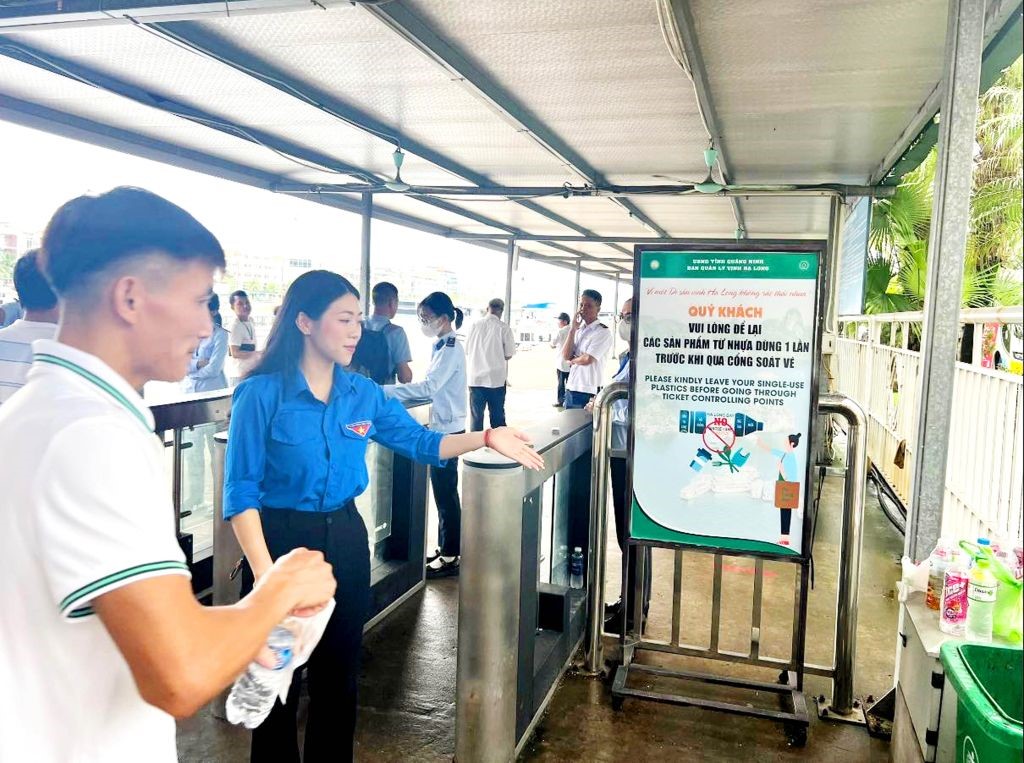
The Ha Long Bay Management Board has effectively carried out a "no plastic waste" program, encouraging the habit of not using and bringing plastic waste into Ha Long Bay.
In all development strategies, at every stage, the province has committed to not allowing the establishment of new industrial facilities or permitting the operation of factories that could harm the Bay's environment. Additionally, to ensure water sources remain unpolluted, styrofoam buoys have been required to be replaced by more sustainable floating materials at aquaculture facilities. The province has implemented regular quarterly monitoring and surveillance of water quality at 41 monitoring points on the Bay. It has also invested in the installation and operation of two automatic wastewater monitoring stations along the coast, strengthened the role and responsibility of monitoring and supervision, and improved coordination between local authorities and industries in controlling waste sources. Most industrial zones have systems for collecting and treating wastewater before releasing it into the environment.
The province has also implemented the Ha Long City Wastewater Drainage and Treatment Project, investing in upgrading wastewater collection and treatment systems in coastal areas around Ha Long Bay. Gradually, the rate of wastewater collection and treatment in the coastal urban areas (Ha Long, Cam Pha, Van Don, Quang Yen) has reached nearly 60%, with a target of 65% by 2025.
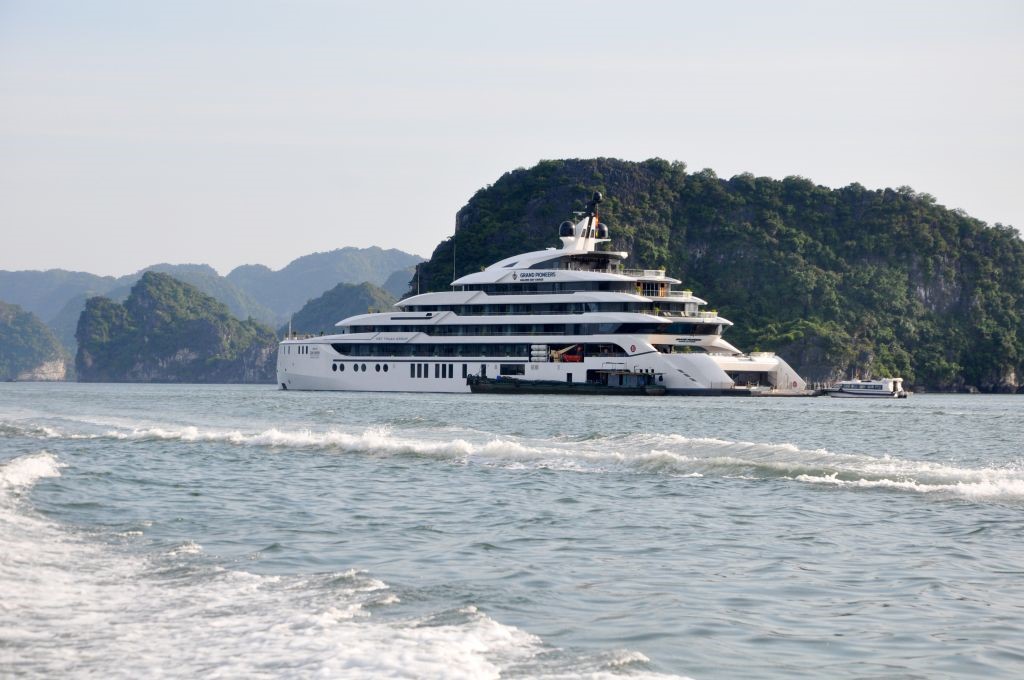
LRegarding the operation of tourist boats, the province has also required the installation of oil-water separation equipment, ensuring that all newly built tourist vessels on Ha Long Bay are equipped with wastewater treatment systems that meet standards. The province has implemented projects to treat and reduce wastewater pollution at tourist spots on Ha Long Bay using technologies like Jokaso and Uniship. In 2018, Ha Long adopted the "Green Sail" Ecotourism Label for tourist boats to encourage them to comply with environmental protection and sustainable development criteria. Additionally, from September 1, 2019, the "Ha Long Bay Plastic-Free" program was officially launched, requiring ships and tourists to avoid using single-use plastic products while visiting the Bay.
Mr. Koichiro Matsuura, former Director-General of UNESCO, once said: "Without public understanding and support, without the daily respect and care from the local community—those who truly preserve World Heritage—there will be no fund or team of experts enough to protect these treasures." Based on this, since the 2000-2001 school year, the province has introduced a program on Heritage protection in schools, which has been well-received and expanded to all schools in the area. The province has also successfully implemented the Ecoboat educational model—a hands-on environmental protection activity on Ha Long Bay, which has been running since 2005. It involves learning through play and teaching through play, as well as developing educational materials on environmental protection of the Bay, building a network of Heritage protection collaborators, and organizing "Green Sunday" campaigns for environmental clean-ups, and real-life environmental education activities on the Bay.
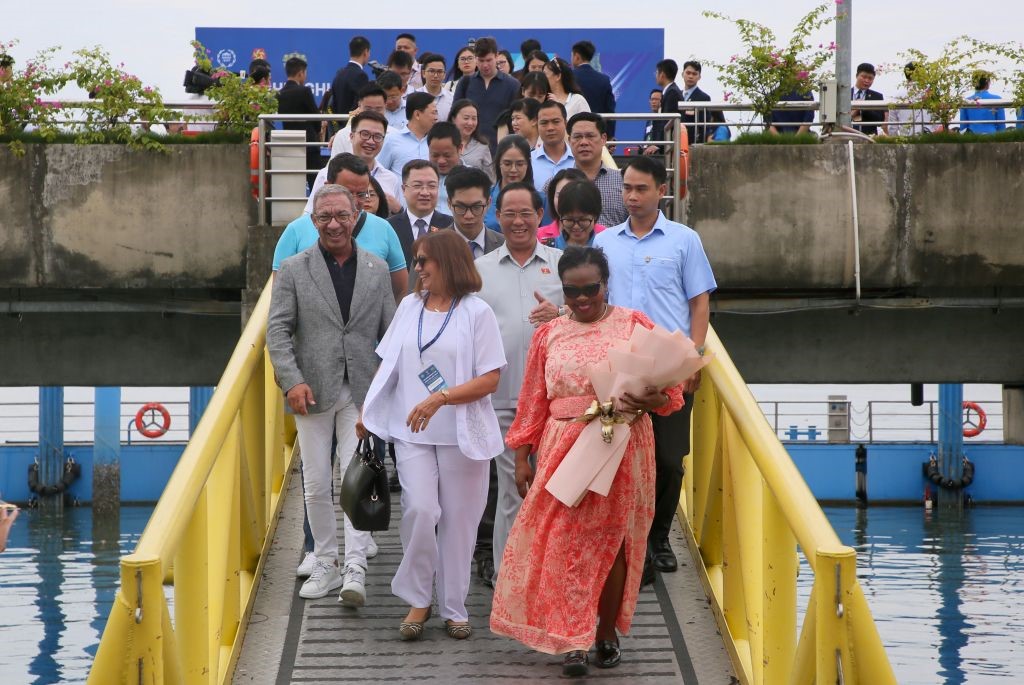
To this day, the province continues to run ongoing community awareness and advocacy programs for Heritage protection, targeting a wide range of groups, from domestic and international students to residents along the coast, tourists, and organizations or individuals involved in socio-economic activities on the Bay. These efforts are integrated with educational, extracurricular, and practical activities focused on protecting the landscape, environment, and Heritage values. As a result, there has been a significant positive shift in public awareness and participation in protecting and preserving the Heritage.
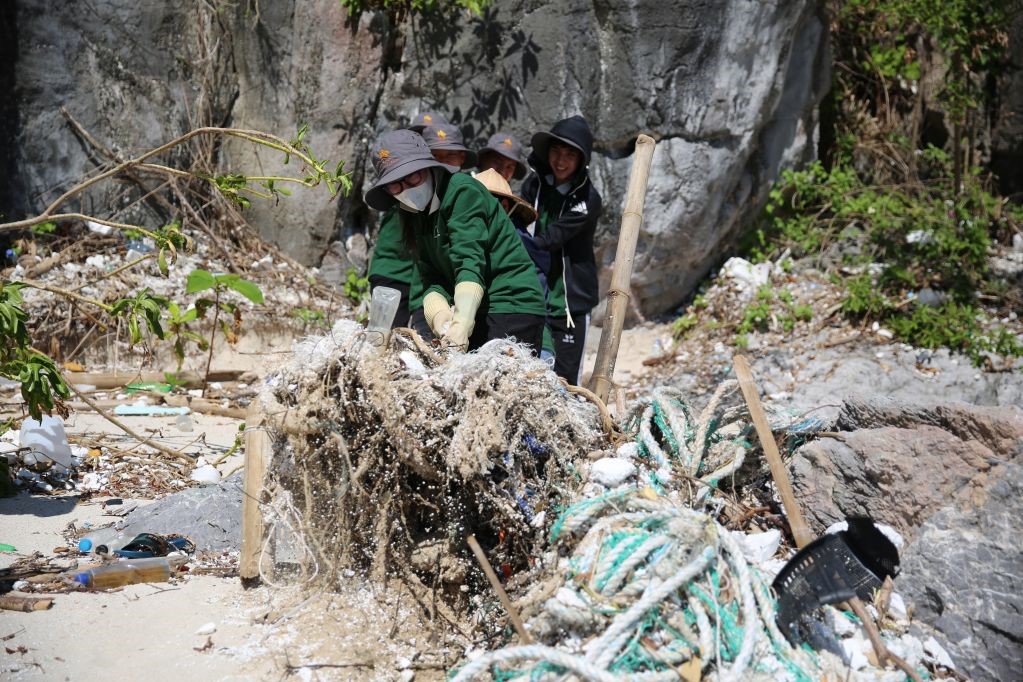
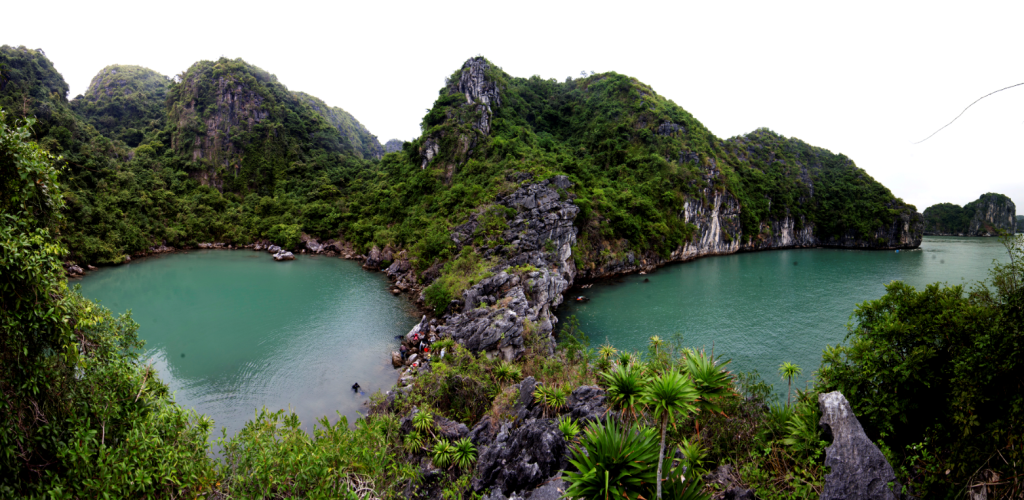
The continuous efforts mentioned above have led to noticeable improvements in the environment of Ha Long Bay. At its 45th session (September 2023), the UNESCO World Heritage Committee recognized and highly praised Ha Long Bay’s diverse waste management measures, including regulating and treating wastewater on tourist boats, closing the largest open-pit coal mine in the Ha Long area, promoting the green economic transition, and ensuring water quality is within national standards. Over the past 30 years (from 1994 to the end of November 2024), Ha Long Bay has welcomed over 56 million visitors, including about 26 million domestic visitors and more than 30 million international tourists, with entrance fees exceeding 8,500 billion VND. This demonstrates both the allure of the Bay and the effectiveness of the efforts to enhance its value while protecting the environment.
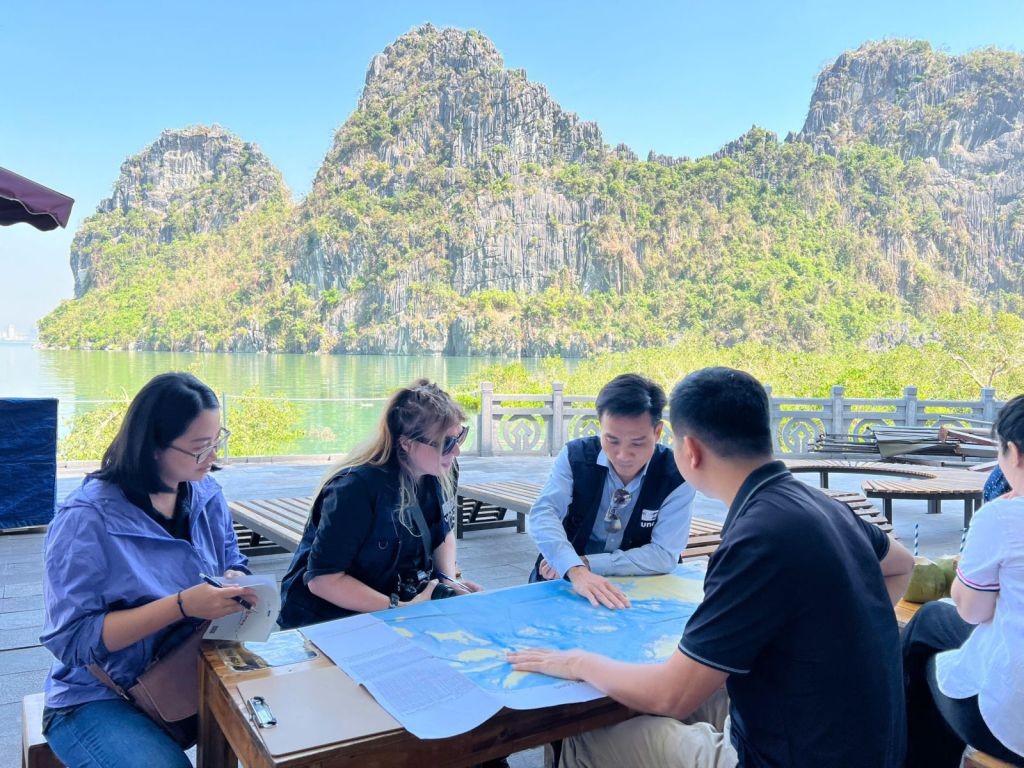
Mr. Vu Kien Cuong, Director of Ha Long Bay Management Department, affirmed that the Ha Long Bay World Heritage site plays a very important role in the province's green growth strategy. In the management, conservation, and sustainable development of Ha Long Bay, the local authorities and heritage management agencies have always prioritized environmental protection as a central and ongoing task. In the future, the Department will continue to maintain close relationships with international organizations (World Heritage Center, International Union for Conservation of Nature (IUCN), Network of Marine World Heritage Managers, UNESCO Hanoi Office...) as well as international experts and scientists to exchange ideas and propose support in terms of experience, financial, and technical assistance for heritage management, environmental protection, sustainable tourism development, and training to enhance heritage management capacity. At the same time, efforts will be made to improve the effectiveness of communication activities to enhance the role and responsibility of businesses, local communities, and tourists in environmental protection.
Translated by Thuy Ha
